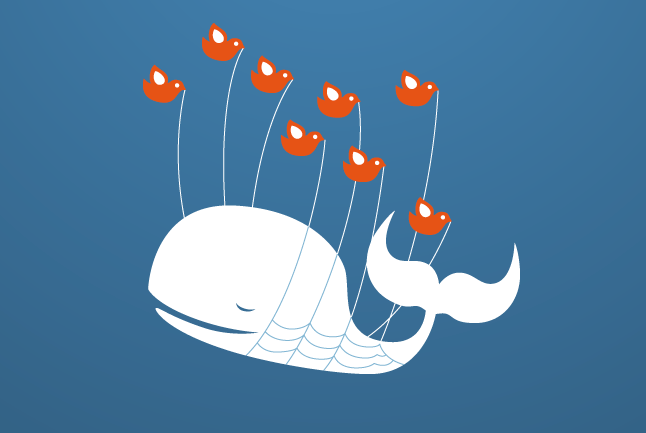For whatever reason, writing about teenagers and Twitter has inspired me to post on my blog (which has been largely defunct this year as I've been writing a longform essay on--you guessed it--social media and teens). This is the second part in a three-part series on how we're letting our teens down by not teaching them how to use Twitter.
 With 24-7 access to a cellphone, teens check their social media pages all the time. All. The. Time. For that reason, a teen loses social standing if he or she cannot stay up-to-date with the developments in the social (media) world. On Instagram, for example, the vast majority of teens never miss a post. Snapchat has made sharing multimedia content to dozens of friends remarkably simple and completely normal. Call it FOMO, call it narcissism, call it societal pressure, our teens strive to be up-to-date on their social world, all the time.
With 24-7 access to a cellphone, teens check their social media pages all the time. All. The. Time. For that reason, a teen loses social standing if he or she cannot stay up-to-date with the developments in the social (media) world. On Instagram, for example, the vast majority of teens never miss a post. Snapchat has made sharing multimedia content to dozens of friends remarkably simple and completely normal. Call it FOMO, call it narcissism, call it societal pressure, our teens strive to be up-to-date on their social world, all the time.
However, teenagers struggle to keep up with Twitter. Therefore, it has become a secondary or tertiary (or worse) social media site for teens; they're not interested because they feel like they can’t keep up, and it's a shame.
As I've written about previously, Twitter is an awesome forum for learning. We can help our teens learn, create, discuss and inform on Twitter or we can allow them to bully, flirt or troll. If we choose to do the former, we need to teach teens how to use Twitter.
Let's start by dispelling the notion that you have to keep up with your entire Twitter feed. Truthfully, you don't even need to keep up with a majority of your feed. The great thing about Twitter is its free-flowing, fast-moving nature. As long as a user’s following list conveys interesting information, he should feel perfectly content consuming a small number of a tweets at a time.

However, teenagers struggle to keep up with Twitter. Therefore, it has become a secondary or tertiary (or worse) social media site for teens; they're not interested because they feel like they can’t keep up, and it's a shame.
As I've written about previously, Twitter is an awesome forum for learning. We can help our teens learn, create, discuss and inform on Twitter or we can allow them to bully, flirt or troll. If we choose to do the former, we need to teach teens how to use Twitter.
Let's start by dispelling the notion that you have to keep up with your entire Twitter feed. Truthfully, you don't even need to keep up with a majority of your feed. The great thing about Twitter is its free-flowing, fast-moving nature. As long as a user’s following list conveys interesting information, he should feel perfectly content consuming a small number of a tweets at a time.
We must empower our teenagers to create diverse feeds harnessing the power of passion-based learning. But teens won't consume informational content in a space where they're concerned they can't keep up with every update. It’s too hard to manage.
This problem is compounded by the fact that--as I wrote about in my last post--teens are too worried about their "ratio" to really click follow on things that could deliver quality information.
Finally, teens discourage one another from posting informative content on Twitter. For whatever reason, it's social suicide for most. Twitter is a place for teens to have fun, to laugh, to flirt, and to forget about whatever is happening in their physical lives. Unfortunately, this use results in little learning. Sure, teens tweet and retweet, but little of that use is original content and rarely does it link to anything worthwhile. We must encourage our teens to build a robust digital profile to encourage teens to learn about their passions, create projects and original information, and to inform one another about not just social, but informational content. But in order to do so, we need to shift teen culture on Twitter. In this series called "Teen Troubles with Twitter" I’m hoping to spread the knowledge needed to help mentor our teens on Twitter.